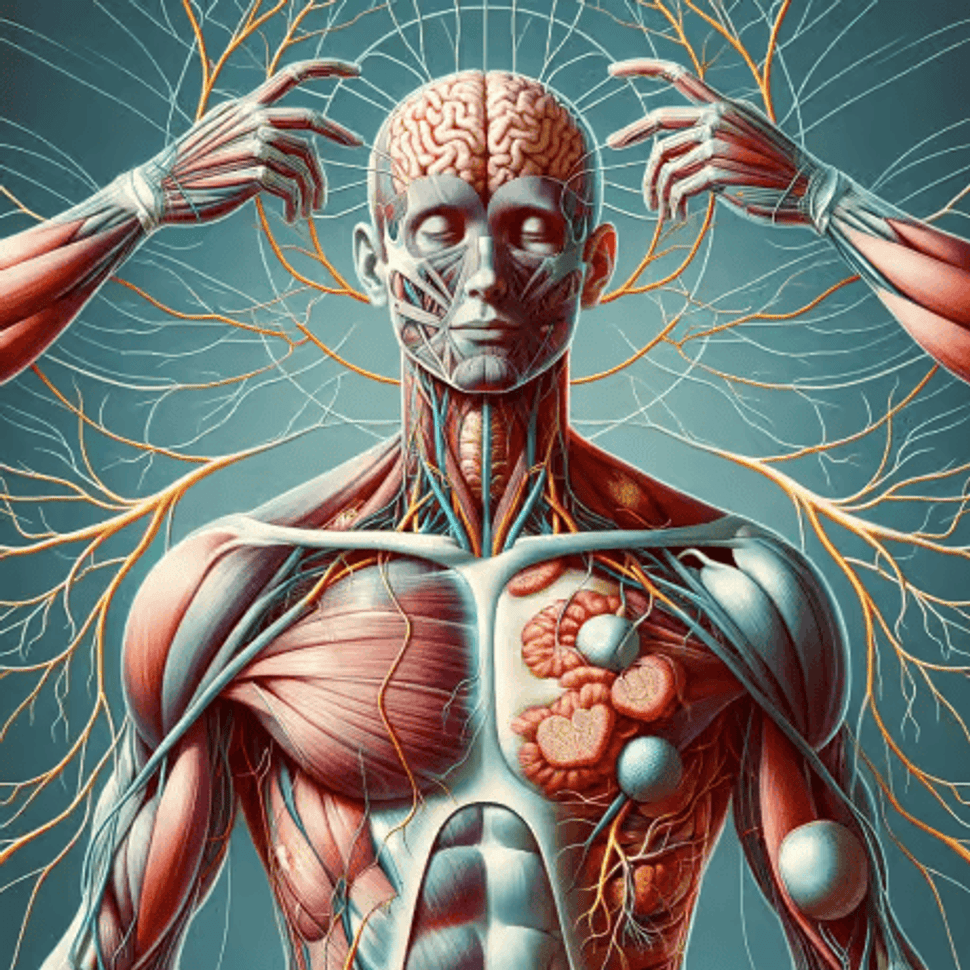
What Is Neuromuscular Therapy? A Comprehensive Guide
Posted by The MassageTools Team on Feb 29th 2024
Neuromuscular therapy (NMT) addresses specific trigger points in muscles, relieving pain and dysfunction. It restores balance and function by targeting neuromuscular imbalances, rooted in the relationship between the nervous system and muscular structure. Highly esteemed in the massage therapy community, NMT effectively treats chronic pain and musculoskeletal disorders.
Table of Contents
Understanding Neuromuscular Therapy
NMT practitioners utilize various techniques, including deep tissue massage, myofascial release, and stretching on a professional electric massage table, to identify and address trigger points, which are hyperirritable spots in skeletal muscle associated with palpable nodules or bands. By applying targeted pressure to these points, NMT aims to release tension, improve blood flow, and restore proper muscle function. This results in reduced pain, increased range of motion, and enhanced overall well-being for the client.
Neuromuscular therapy is based on the principles of neuromuscular physiology, anatomy, and biomechanics, making it a highly specialized and effective treatment modality.
The Benefits of Neuromuscular Therapy

Several studies confirm neuromuscular therapy’s effectiveness in treating various conditions like chronic pain, sports injuries, and postural imbalances. The Journal of Bodywork and Movement Therapies published research showing NMT’s efficacy in reducing chronic low back pain intensity and improving function. Neuromuscular therapy not only provides relief from physical discomfort but also promotes relaxation and stress reduction. By targeting the root cause of pain and dysfunction, NMT empowers clients to take an active role in their healing process and enhances their overall quality of life.
Qualities of a Skilled Neuromuscular Therapy Practitioner
To excel in neuromuscular therapy (NMT), practitioners must possess a unique blend of technical expertise, interpersonal skills, and a commitment to ongoing learning. Here are the key qualities that make a good NMT practitioner:
Expertise in Anatomy and Physiology
A skilled NMT practitioner accurately assesses and addresses neuromuscular imbalances with a deep understanding of the musculoskeletal system. They pinpoint trigger points and design effective treatment plans.
Keen Observation Skills
A good NMT practitioner crucially observes and analyzes a client’s posture, movement, and discomfort, identifying dysfunctions. They gather valuable information with keen observational skills during assessments.
Effective Communication
Clear and concise communication is essential for building trust and rapport with clients. A skilled NMT practitioner takes the time to listen to their clients’ concerns, explains treatment techniques in a way that is easily understandable, and provides guidance on self-care strategies to enhance the effectiveness of therapy.
Empathy and Compassion
Dealing with clients who may be experiencing chronic pain or discomfort requires a high level of empathy and compassion. A good NMT practitioner approaches each client with empathy, understanding their unique needs and tailoring treatment approaches accordingly.
Critical Thinking and Problem-Solving Abilities
Every client presents a unique set of challenges, and a skilled NMT practitioner excels at thinking critically and devising innovative solutions to address their clients’ needs. Whether it’s adapting treatment techniques or modifying exercise prescriptions, the ability to problem-solve effectively is key to success in NMT.
Continuing Education and Professional Development
The field of neuromuscular therapy is constantly evolving, with new research and techniques emerging regularly. A good NMT practitioner is committed to lifelong learning, regularly attending workshops, seminars, and advanced training courses to stay abreast of the latest developments in the field.
Ethical Practice
Upholding high ethical standards is paramount in the field of healthcare. A good NMT practitioner operates with integrity, respect for client confidentiality, and a commitment to providing evidence-based care that prioritizes the well-being of their clients above all else.
Wrapping Up
In conclusion, neuromuscular therapy provides a holistic approach to pain management and rehabilitation, integrating advancements in manual therapy with understanding of neuromuscular physiology. NMT remains a valuable tool for healthcare professionals promoting health and wellness.



